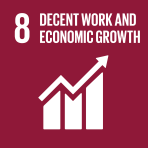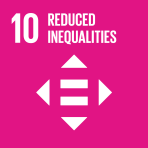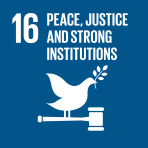التكاليف الاقتصادية للاحتلال الإسرائيلي على الشعب الفلسطيني
كبح التنمية وتفاقم الفقرڡى الضفة الغربية

Abstract
This publication sheds light on the impact of the Israeli restrictions on the economy of the West Bank and the socioeconomic conditions of its households for the period 1998-2019, with special focus on the impact of the restrictions imposed by occupation in the aftermath of the second Intifada. It provides an overview of the Israeli restrictions and measures during the second Intifada and the post Intifada period. It then considers a counterfactual (alternative) growth path for the West Bank from the year 2000 onwards, to give some indication of the range of the potential economic growth that could have been realized if the restrictions imposed upon the outbreak of the Intifada had not occurred -or the economic costs in terms of GDP loss. It applies the empirical best prediction (EBP) method of Molina, Rao and Datta (2015) to combine the strengths of household surveys and censuses in order to estimate the poverty headcount and other indicators, which in turn allows for an assessment of the impact of the second Intifada using poverty gap and depth indicators. Finally, the study provides a set of recommendations and conclusions for the occupying power, Palestinian policymakers, the international community, and development partners.




